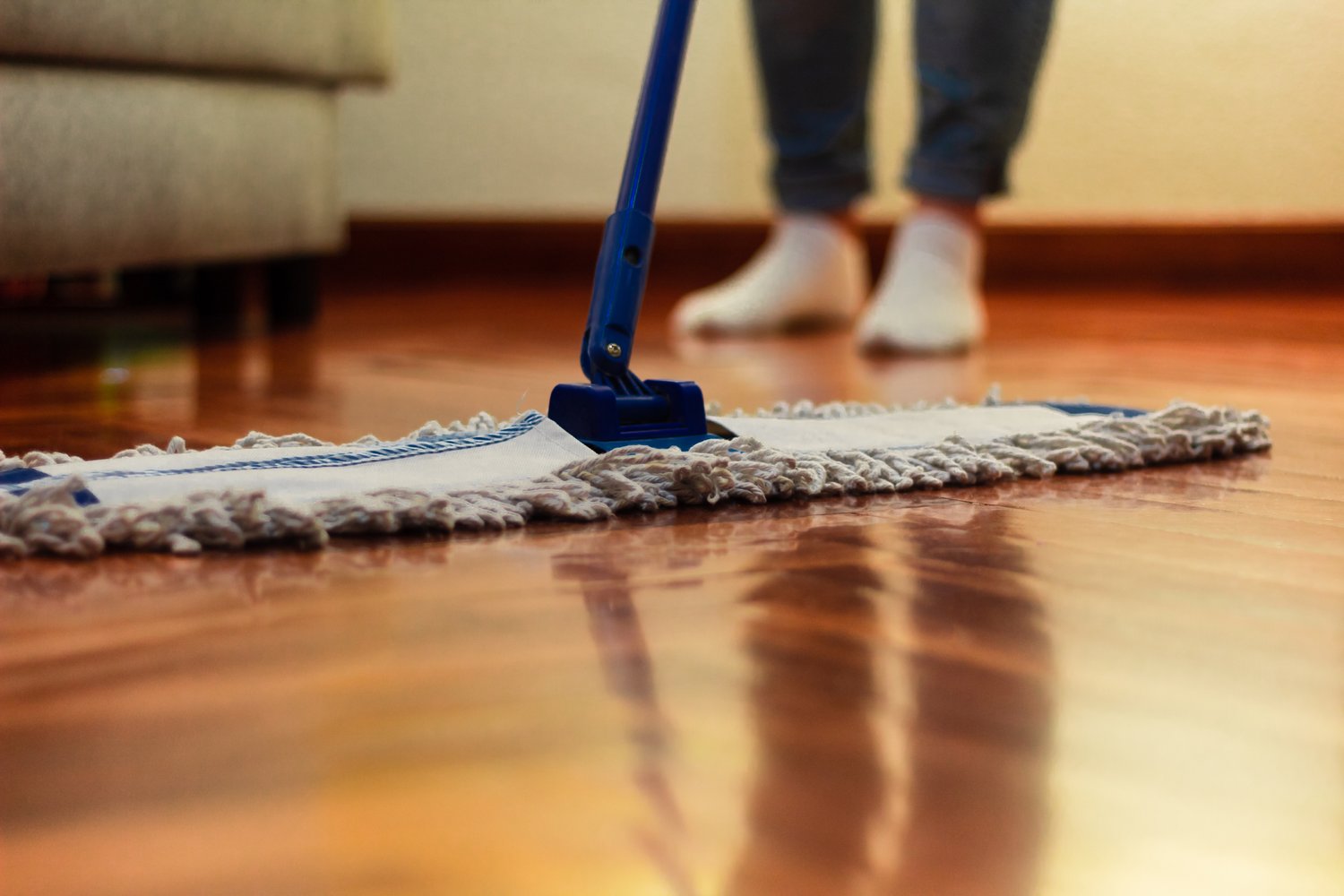Hardwood floors add warmth, character, and value to any home, but keeping them looking their best requires proper care and attention. With the right cleaning techniques and maintenance routine, your wood floors can maintain their natural beauty for decades. This comprehensive guide will walk you through the essential steps to clean hardwood floors effectively, discuss the best hardwood cleaner options available today, and provide expert tips to protect wood floors from damage throughout the seasons.
Understanding Your Hardwood Floor Type
Before you begin to clean hardwood floors, it’s crucial to identify what type of finish your floor has, as this determines the appropriate cleaning method. Most modern hardwood floors have a polyurethane, urethane, or polyacrylic finish that creates a protective seal. Older homes might have waxed or shellacked floors, which require different care. Check your floor’s finish by dropping a small amount of water on an inconspicuous area. If it beads up, your floor is sealed. If it soaks in or creates a white spot, your floor has a penetrating finish or wax coating that shouldn’t get wet.
The distinction matters greatly for hardwood floor maintenance because sealed floors can handle a slightly damp mop, while unsealed or waxed floors should never be cleaned with water. When in doubt, consult with flooring professionals like those recommended by AskHomey who can help identify your floor type and suggest appropriate cleaning methods.
Daily Maintenance to Protect Wood Floors
Consistent daily care forms the foundation of effective hardwood floor maintenance. Start by removing debris that can scratch your floors through regular sweeping with a soft-bristled broom or vacuuming with a floor attachment that doesn’t have a beater bar. Microfiber dust mops also excel at capturing dust and pet hair without scratching the surface. Place mats at entryways and ask family members to remove shoes to prevent tracking in dirt and grit that can damage the finish over time.
Another simple yet effective way to protect wood floors is to apply felt pads under furniture legs. This prevents scratches when items are moved and reduces wear from everyday use. For areas with heavy foot traffic or under rolling chairs, consider using area rugs with non-slip, non-rubber backing that won’t trap moisture or damage the finish.
Deep Cleaning Techniques
Even with diligent daily care, hardwood floors eventually need deeper cleaning to remove built-up grime and restore their luster. For sealed hardwood floors, dampen—never soak—a microfiber mop with a solution specifically formulated as a hardwood cleaner. The best hardwood cleaner will be pH-neutral and designed specifically for your floor’s finish type.
When selecting a commercial product, avoid any cleaner containing ammonia, vinegar, or abrasive ingredients that can dull or damage the finish. For those who prefer homemade solutions, a mixture of warm water with a few drops of mild dish soap can work for sealed floors, though commercial products often provide superior results without leaving residue. Always work in small sections, immediately drying each area with a clean, dry microfiber cloth to prevent water damage.
Addressing Common Problems and Damage
Despite your best efforts at hardwood floor maintenance, scratches, scuffs, and dullness can develop over time. For light scratches, try using a hardwood floor touch-up kit that matches your floor’s finish. For surface scuffs, gently buff the area with a soft cloth. If your floor has developed a hazy appearance, it might be due to product buildup, which can be addressed with a deep cleaning using a hardwood floor cleaner specifically designed to remove residue.
More significant damage such as deep gouges, water stains, or widespread finish wear may require professional attention. Every few years, depending on wear, your hardwood floors might need screening (light sanding) and recoating to restore the protective finish without removing the existing stain color. Complete refinishing, which involves sanding down to bare wood, is typically only necessary every 10-20 years with proper maintenance.
Seasonal Considerations
Environmental factors significantly impact hardwood floors throughout the year. During winter and summer, indoor heating and air conditioning can cause wood to shrink and expand, potentially creating gaps or buckling. Maintain indoor humidity between 35-55% using humidifiers or dehumidifiers as needed to protect wood floors from these fluctuations.
In winter, be vigilant about promptly cleaning up salt, slush, and moisture tracked in from outside. During summer, close blinds during peak sunlight hours to prevent UV damage and fading. Each season presents unique challenges, but consistent hardwood floor maintenance adapted to seasonal conditions will preserve your floor’s integrity and appearance.
For more tips and to connect with reliable home service professionals, follow AskHomey on Facebook and Instagram.



